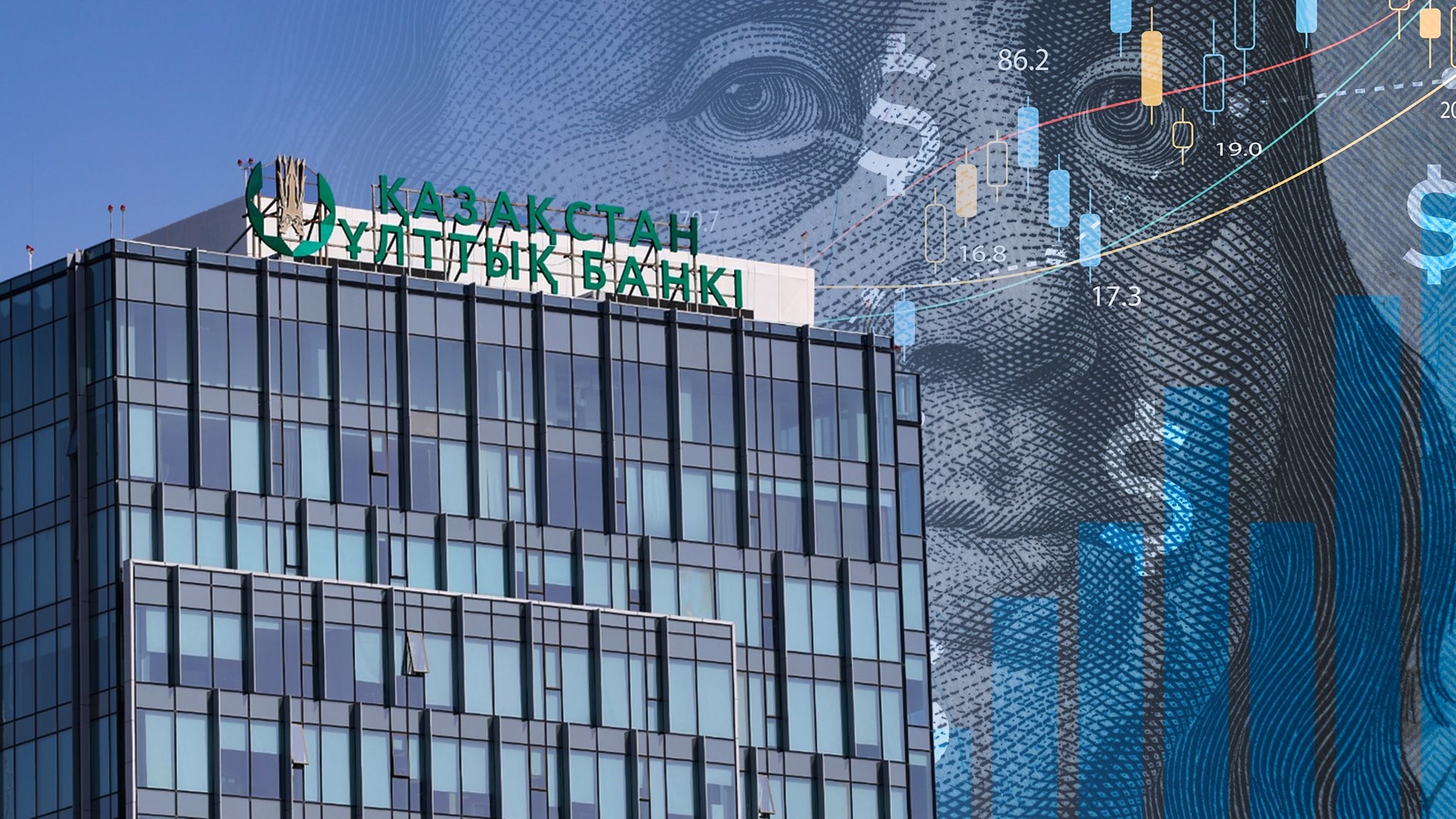Maintaining the Base Rate at 14.25%: Current Economic Situation and Prospects.
On October 11, 2024, the Monetary Policy Committee of the National Bank of the Republic of Kazakhstan (NBRK) decided to maintain the base rate at 14.25% per annum with a corridor of +/- 1 percentage point. This decision is influenced by both internal and external factors affecting inflationary processes and economic dynamics in the country, DKnews.kz reports.
Current Inflation Situation
In August and September, annual inflation continued to slow down after an acceleration in July. However, monthly inflation remains above historical averages and the levels observed in the spring and early summer. The core inflation component shows a decline, but the pace is insufficient to achieve the National Bank's short-term targets.
Particular attention is also paid to inflation expectations. In September, the inflation expectations of Kazakhstan's population increased again, which may influence future price-setting processes in the economy. External risks are also significant: the rise in food prices on global markets and high inflation in Russia put pressure on domestic prices. Internal factors include ongoing fiscal stimulus, increasing utility tariffs, stable domestic demand, and elevated inflation expectations.
Fiscal Stimulus and Monetary Policy
To achieve the medium-term inflation target of 5%, the National Bank maintains moderately tight monetary conditions. The balance of risks remains tilted towards inflation. The regulator notes that the consistent decline in the core inflation component, combined with an effective and systematic resolution of the fiscal deficit financing issue, could create conditions for a cautious and balanced reduction in the base rate in the future. In the current situation, maintaining tight monetary policy is seen as necessary to ensure macroeconomic stability.
Annual Inflation and Price Growth Structure
Annual inflation in Kazakhstan was 8.3% in September 2024, still significantly above the target level. Nevertheless, the inflation dynamics align with the NBRK’s forecast. The main contribution to the slowdown in inflationary processes came from food products, which showed lower growth rates. At the same time, prices for agricultural products, manufacturing industry products, and imported goods have resumed growth. This is particularly evident in the prices of paid services, explained by the implementation of the “Tariff for Investment” program and the increase in market service costs.
In September 2024, monthly inflation was 0.4%, above the historical average of 0.3%. The overall and core inflation indicators, adjusted for seasonality, also form at levels higher than those observed in the spring and early summer. Inflation expectations remain volatile: they rose again in September. Experts' forecasts for the end of the current year were also adjusted from 8% to 8.4%, indicating the persistence of price growth risks.
External Environment: Impact of Global Inflation
Global inflation continues to gradually slow down, thanks to the tight policies of the world’s major central banks. However, prices on global food markets are still rising. In September, the FAO price index increased due to higher prices for all included commodities. In particular, grain prices rose due to concerns about adverse weather conditions in exporting countries.
Regarding external monetary conditions, diverse trends are observed. The U.S. Federal Reserve (Fed) reduced the key rate for the first time since 2020, responding to declining inflation and a cooling labor market. The European Central Bank (ECB) also cut rates in September; however, the regulator's rhetoric remained unchanged — conditions will remain restrictive until the inflation targets are achieved. Meanwhile, Russia raised its key rate to 19% due to high inflation and increased inflationary risks.
Economic Dynamics and Domestic Situation
In January-August 2024, the short-term economic indicator showed a year-on-year growth of 4.4%. The main contribution to this growth came from the construction, transportation, and communications sectors. The stability of domestic demand is confirmed by the acceleration in retail trade growth, supported by fiscal stimulus, rising household incomes, and expanding investments in the non-resource sector. The business activity index monitored by the NBRK has remained in positive territory for eight consecutive months, indicating stability and positive dynamics in the economy.
Inflationary Risks and the National Bank's Strategy
The National Bank notes that inflationary risks persist in both the external and internal environments. External risks are associated with high inflation in Russia and rising global food prices. Internal factors include the increase in utility tariffs, sustained domestic demand amid fiscal stimulus, unanchored inflation expectations, and the growth in consumer lending.
To achieve the medium-term inflation target of 5%, further support of tight monetary conditions is necessary. The risk balance remains tilted toward inflation, and the regulator will continue to closely monitor the trajectory of inflation and the overall economic situation. The National Bank emphasizes that a systematic and cautious reduction in the base rate is only possible if there is a consistent decline in inflation and effective financing of fiscal needs.
The next scheduled meeting of the Monetary Policy Committee of the NBRK on the base rate is set for November 29, 2024.








